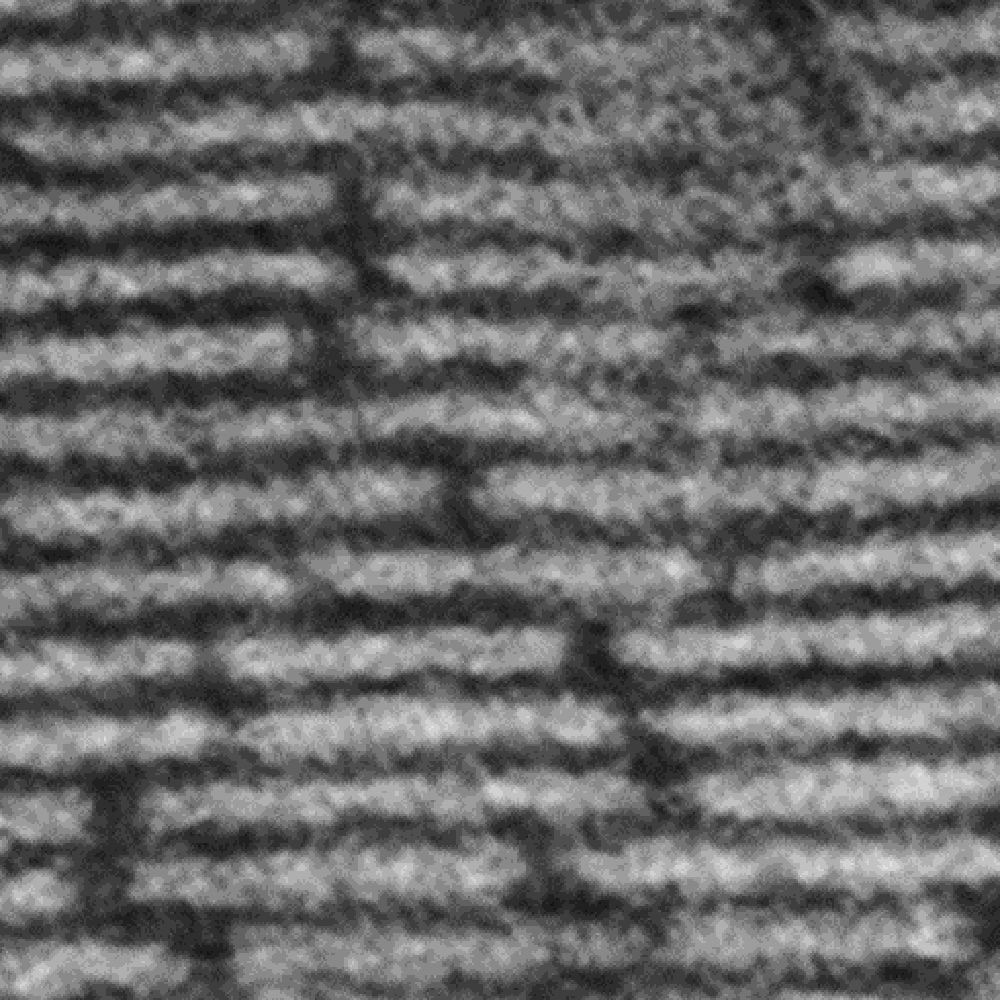
Cross-section (electron microscope image) of 2D semiconductor nanoplatelets (light) arranged side by side and on top of each other and separated by an insulating “quantum barrier” (dark). (Photograph: Jagielski J et al. Nature Communications 2020)
Chih-Jen Shih, Professor of Technical Chemistry at ETH Zurich, and his team of researchers have now stacked extremely thin (2.4 nanometres) semiconductor platelets in such a way that they are separated from each other by an even thinner (0.65 nanometre) insulating layer of organic molecules. This layer prevents quantum-physical interactions, which means that the platelets emit light predominantly in only one direction, even when stacked.
“The more platelets we pile on top of each other, the more intense the light becomes. This lets us influence the light intensity without losing the preferred direction of emission,” says Jakub Jagielski, a doctoral student in Shih’s group and first author of the study published in
Nature Communications
. That is how the scientists managed to produce a material that for the first time emits high-intensity light in only one direction.
Very energy-efficient blue light
Using this process, the researchers have produced light sources for blue, green, yellow and orange light. They say that the red colour component, which is also required for screens, cannot yet be realised with the new technology.
In the case of the newly created blue light, around two-fifths of the light generated reaches the eye of the observer, compared to only one-fifth with conventional QLED technology. “This means that our technology requires only half as much energy to generate light of a given intensity,” Professor Shih says. For other colours, however, the efficiency gain achieved so far is smaller, so the scientists are conducting further research with a view to increasing this.
Compared to conventional LEDs, the new technology has another advantage, as the scientists emphasise: the novel stacked QLEDs are very easy to produce in a single step. It is also possible to increase the intensity of conventional LEDs by arranging several light-emitting layers on top of each other; however, this needs to be done layer by layer, which makes production more complex.